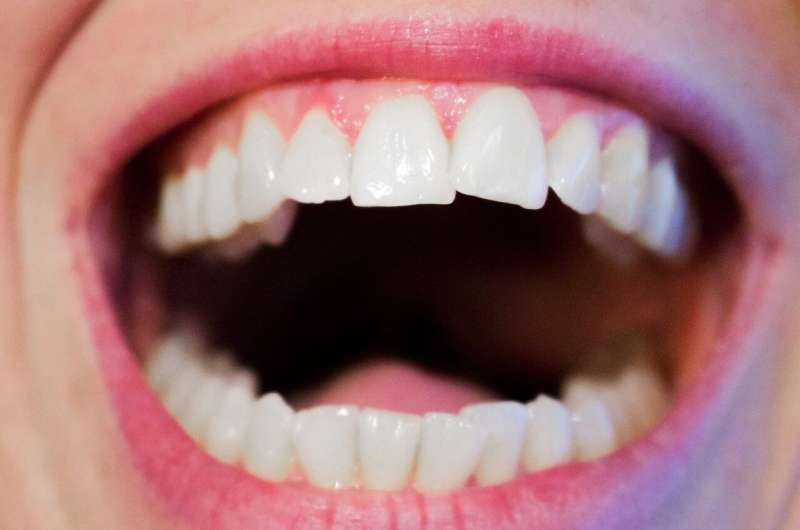Understanding the Causes of Gum Recession: From Overzealous Brushing to Clear Aligners

One of the most frequent concerns patients voice during dental visits is gum recession. Many immediately think of gum disease or periodontitis as the cause. While periodontal issues can indeed lead to gum loss, not all gum recession signals a disease. Often, individuals first notice symptoms like increased tooth sensitivity to cold, hot, or sweet stimuli, or observe changes in their smile, such as more visible tooth surfaces or small gaps developing between teeth.
In response, some dentists may suggest quick fixes like applying composite fillings near the gum line. Although this can temporarily alleviate sensitivity, it might contribute to further gum recession over time by irritating the soft tissue.
Gum recession can stem from various factors, including severe gum disease, but surprisingly, one common culprit is improper brushing technique. Using excessive force or employing a hard-bristled toothbrush can gradually erode gum tissue, exposing the tooth roots. While electric toothbrushes, especially modern models equipped with pressure sensors, can reduce this risk, many individuals tend to focus more on brushing duration rather than technique. Education on proper brushing—using gentle, consistent pressure and the right tools—is essential for maintaining healthy gums.
Another notable cause of gum recession is the cosmetic practice of aligning teeth with clear aligners. While effective at straightening teeth, aligners are sometimes used with fixed retainers—wires bonded behind the teeth—that can cause roots to drift outside the jaw's natural bone housing. This root movement can lead to gum tissue shrinking away from the teeth, resulting in recession.
Fortunately, several solutions are available. For significant gum recession, surgical options such as the free gingival graft can help. This procedure involves transplanting tissue from the palate to reinforce the gum line, improving durability and comfort, though it may alter appearance slightly.
For cosmetic concerns, more advanced procedures like gum grafting involve lifting the gum tissue and inserting a graft beneath, often sourced from the palate. These procedures are generally safe, minimally invasive, and performed under local anesthesia. Sedation options are available for anxious patients, and long-term studies suggest high success rates with minimal relapse.
A comprehensive patient evaluation is critical to identify whether gum recession is due to periodontal disease or other factors. Addressing underlying issues is vital, as gum disease is a silent, progressive condition linked to systemic health problems like diabetes, heart disease, and even cognitive decline. Protecting periodontal health is essential not only for maintaining a beautiful smile but also for overall health.
Source: https://medicalxpress.com/news/2025-05-vigorous-aligners-gums-recede.html
Stay Updated with Mia's Feed
Get the latest health & wellness insights delivered straight to your inbox.
Related Articles
Thetis Cells: Crucial Immune Cells in Childhood Food Allergy Prevention
New research reveals that Thetis cells, a novel immune cell type, play a crucial role in establishing oral tolerance during early childhood, potentially preventing food allergies. This discovery opens doors for innovative treatments and highlights the importance of early life immune development.
Prehabilitation Program Enhances Recovery in Older Adults Facing Major Surgery: A Pilot Study
A pilot study shows that a comprehensive prehabilitation program incorporating exercise, nutrition, and mental health support can improve recovery outcomes for older adults undergoing major surgery.
Innovative AI System Aims for Early Detection of Cardiovascular, Diabetic Eye Diseases, and Cancer
Researchers at Edith Cowan University have developed an AI system capable of early detection and staging of cardiovascular disease, diabetic eye conditions, and cancer using routine medical imaging, aiming to improve diagnosis and treatment outcomes.



